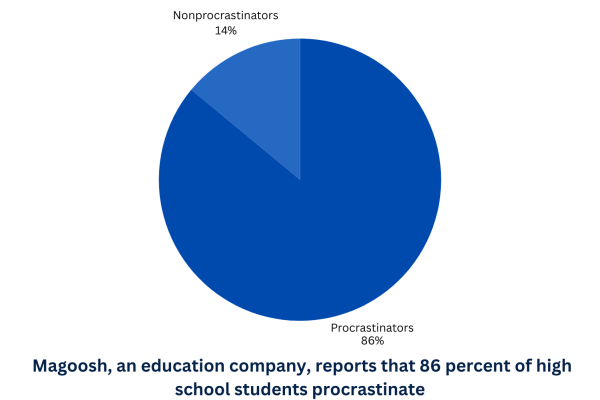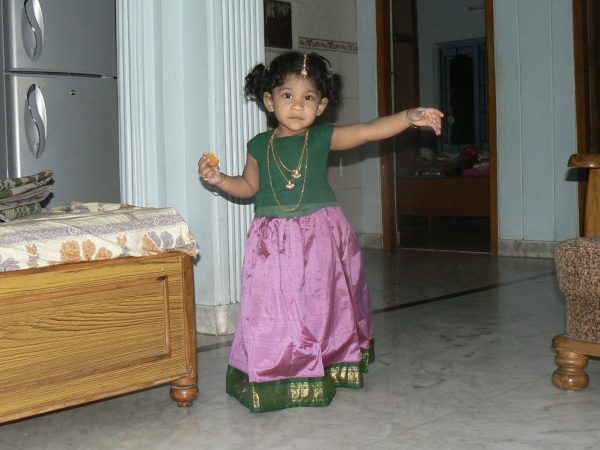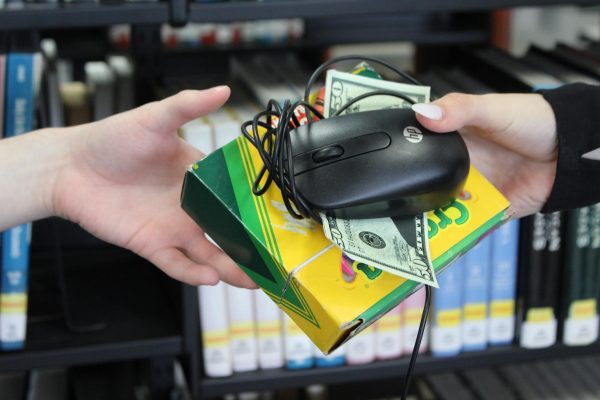The power of mankind(ness)
The colorful symbols in this illustration represent good deeds, such as smiles and generosity. The figure on the left symbolizes a kind person, and on the right is a nice person. The key difference between the two is that being nice is randomly performing short-lived friendly actions. Being kind is not just giving bits of joy, but embodying compassion. Being kind is not just defined by what you do here and there, but by who you are and what you stand for.
I have witnessed a lot of evil in the world. Not all of it has been inflicted upon me; in fact, almost none of the pure evil that exists in the world today has been. But I still see that our world, or perhaps more accurately, our “bubble” we find ourselves amidst in Libertyville, is not instinctively “good” merely because we do not live inside of the “pure evil.”
Libertyville is nice. It has nice houses with nice front lawns. It has nice individuals who work nice jobs, and a nice school system filled with nice community members. But being qualified as nice doesn’t define what is or is not good.
I have a friend who is far wiser than anyone I’ve ever met, who has experienced the true difference between niceness and kindness. I asked her how the people who do not treat everyone with equal compassion or care can still be held to such admirable and “nice” regards. She noted how niceness passes; it is fleeting. Those quick actions of holding the door open or lending a hand to help someone carry their books, those are nice. They show how we have small moments to give and care. But those fleeting moments are not the core foundations to kindness.
Kindness is not the act of giving in a moment of care; instead kindness is consistently giving care despite the moment. People who are nice may never be truly kind because they may never learn to selflessly give — and that is okay. Niceness is still so important. Niceness is what could make someone’s moment a little better and provide them with a little more help they may need. But kindness is not small-scale. Kindness is continuing; kindness is what spreads revolutions of love across the world; kindness is the change I feel we so deeply need to focus on.
I know that hundreds of my peers at LHS are nice. I know the patience and care I am given every day is not without niceness. But I also realize that niceness can be short-lived, and I know that because we live in such a privileged community, we have the opportunity to grow and solidify our kindness.
Being “nice” is a step, an important step indeed; niceness in its entirety still is not simple. There are plenty of individuals in the world who pick and choose when and when not to be nice. They discourage people around them, they bully or abuse individuals in their lives, and sometimes they turn around for a moment, they open the door for the person behind them, and thus in someone’s mind they are nice.
“Nice” is a primary level, it does not reach deeper than a moment. Yet, if calculated in units of “goodness,” kindness reaches far deeper. Kindness is not taken at face value. Kindness originates from the willingness to understand someone else’s differences and still treat them with respect and genuine care. Kindness is the good you hold inside of yourself when you are measured on nothing but your morals and your values.
I think as a school, and even as a generation, we need to focus on how we can all move from niceness to kindness. I find I often write someone off as “nice” as opposed to truly trying to determine if they are kind. Do nice actions automatically make us kind? Or is there something more? I think we accept niceness too easily, and again I reiterate, there is nothing wrong with niceness. But “nice” is not the farthest we can go. Such helpful actions can ripple into revolutions of kindness if we let them.
In short, “nice” is a step. Kindness is the path.









